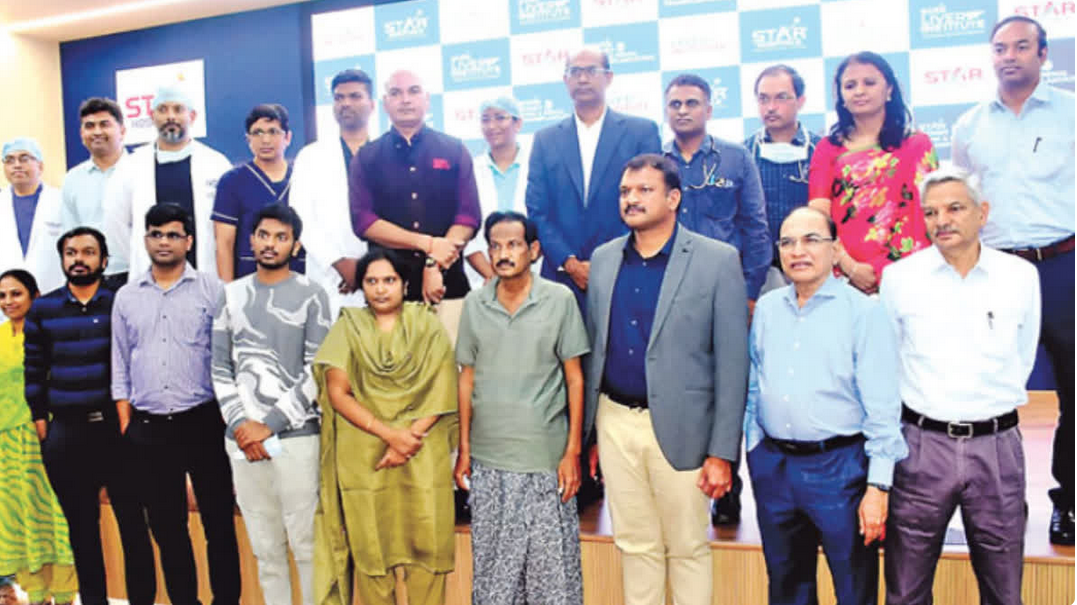International Girl Child Day, celebrated annually on October 11, serves as a vital reminder of the global need to uplift and empower girls. This day is not just a celebration but a clarion call to acknowledge the challenges girls face worldwide and the efforts needed to break those barriers. In India, a country with a rich but complex socio-cultural history regarding gender roles, this day holds particular significance. It symbolizes hope for change, a brighter future for girls, and a step toward a more inclusive society.
Why was International Girl Child Day Established?
The idea for International Girl Child Day stemmed from the desire to address the unique challenges girls face across the globe. The United Nations officially marked October 11 as the International Day of the Girl Child in 2012. This day was conceived after years of advocacy from child rights organizations who understood that girls are disproportionately affected by violence, discrimination, lack of education, and healthcare.
Girls, particularly in developing nations, often bear the brunt of gender inequality, ranging from limited access to education and healthcare to being forced into early marriages. Recognizing these challenges, the UN saw the need to spotlight these issues on a global scale. The focus is not just on recognizing problems but on creating solutions that governments, communities, and individuals can work toward.
The Significance of International Girl Child Day
The aim of this special day is to promote girls empowerment and the fulfillment of their human rights while highlighting the gender-based inequalities they face. These include a lack of access to education, adequate healthcare, child marriage, and legal rights. The day is also about appreciating the power of the girl child and the potential they hold for shaping a better future.
India, home to over 1.4 billion people, has a deeply embedded cultural history when it comes to gender roles. The birth of a girl child has, for centuries, been viewed through the lens of societal and economic pressures. Traditions like dowry, patrilineal inheritance, and preference for male heirs have contributed to skewed gender ratios in the past. However, the significance of International Girl Child Day in the Indian context goes beyond merely celebrating girls it reflects on the hard-fought battle for gender equality and the ongoing efforts to change mindsets.
Despite various government initiatives and legal reforms, challenges persist. Issues like child marriage, lack of access to education, and gender-based violence continue to impact girls in India. According to UNICEF, one in four girls in India is married before the age of 18, despite laws prohibiting child marriage. Additionally, girls face barriers in education, with societal pressures pushing many to drop out before completing their schooling.
Education is one of the most powerful tools for empowering the girl child, and International Girl Child Day emphasizes this point. In India, access to quality education has been improving due to government initiatives like the Beti Bachao Beti Padhao (Save the Daughter, Educate the Daughter) campaign. This program aims to change mindsets about girls worth, promote their education, and eliminate gender-based sex selection.
However, challenges remain. Girls in rural areas, particularly those from marginalized communities, face numerous barriers to education. Financial constraints, the need to contribute to household chores, and safety concerns often force girls to leave school early. Moreover, traditional gender norms sometimes dictate that a girl’s education is not as important as her future role as a wife or mother.
By recognizing these issues, International Girl Child Day pushes for a world where girls not only have the right to education but are encouraged and supported to pursue their academic dreams without the burden of societal expectations weighing them down.
Child marriage continues to be one of the most pressing issues faced by young girls in India. While laws prohibiting child marriage have been in place for decades, the practice persists, particularly in rural areas. Child marriage robs girls of their childhood, curtails their education, and places them at greater risk of domestic violence and health issues.
The government has been working alongside various NGOs to combat this issue. Programs that focus on educating families about the dangers of child marriage, coupled with economic support schemes for girls, are essential to changing societal attitudes. One of the key messages of International Girl Child Day is to end practices like child marriage and ensure that every girl has the freedom to make choices about her life and future.
The health and well-being of girls are integral to their overall development. In India, adolescent girls face numerous health challenges, including malnutrition, anemia, and limited access to reproductive health services. Gender discrimination often means that girls receive less food, healthcare, and attention than boys, leading to long-term health consequences.
In recent years, the Indian government has made strides in addressing these issues. Initiatives like the Rashtriya Kishor Swasthya Karyakram (National Adolescent Health Program) focus on improving the health of adolescents, particularly girls, through better access to healthcare and education about nutrition, menstrual hygiene, and sexual and reproductive health.
International Girl Child Day reinforces the need for continued efforts to ensure that girls receive the healthcare and nutrition they need to thrive. By focusing on the physical well-being of girls, India can create a generation of women who are healthier, stronger, and more capable of contributing to society.
Gender-based violence is another critical issue affecting girls in India. Violence against girls and women takes many forms, from domestic abuse and sexual harassment to human trafficking and honor killings. International Girl Child Day highlights the importance of creating a safe environment where girls can live without fear of violence or exploitation.
Laws like the Protection of Children from Sexual Offences (POCSO) Act have been introduced to safeguard girls from abuse. Additionally, campaigns like Nirbhaya Fund have focused on improving the safety of women and girls in public spaces. However, much more needs to be done to change societal attitudes toward violence and ensure that girls feel safe and protected.
The family plays a crucial role in shaping a girl’s future. In India, families often carry the weight of societal expectations when it comes to raising girls. Traditional views about a girl’s role in the family, including expectations about marriage and motherhood, can limit her opportunities and aspirations.
International Girl Child Day encourages families to rethink these expectations and focus on nurturing their daughters dreams and talents. By giving girls the freedom to pursue their ambitions, families can contribute to a more equal and just society. Society as a whole must also play its part by breaking down stereotypes about gender roles and creating an environment where girls can thrive.
One of the key messages of International Girl Child Day is the importance of economic empowerment for girls. When girls are given access to education and opportunities for skill development, they are better equipped to achieve financial independence. This, in turn, has a ripple effect on the community and the nation as a whole.
India has seen the rise of many initiatives aimed at providing girls with vocational training and opportunities to become entrepreneurs. Programs like Mahila E-Haat offer women a platform to sell products and services online, while government schemes like the Mudra Yojana provide financial support for female entrepreneurs.
International Girl Child Day serves as a reminder that girls are not just beneficiaries of development but drivers of change. By supporting girls in achieving financial independence, India can unlock their full potential and ensure a brighter future for all.
International Girl Child Day is not just a day of awareness but a call to action. In the Indian context, it is a powerful reminder of the work that still needs to be done to ensure that every girl has the opportunity to live a life of dignity, free from discrimination and violence. It’s about ensuring that girls have access to education, healthcare, and opportunities for economic empowerment.
By celebrating International Girl Child Day, India is taking a stand for the rights of girls and reaffirming its commitment to creating a future where girls are seen, heard, and empowered. The journey toward gender equality is long, but with collective efforts from the government, communities, and families, India can continue to make progress in ensuring that every girl has the chance to thrive.
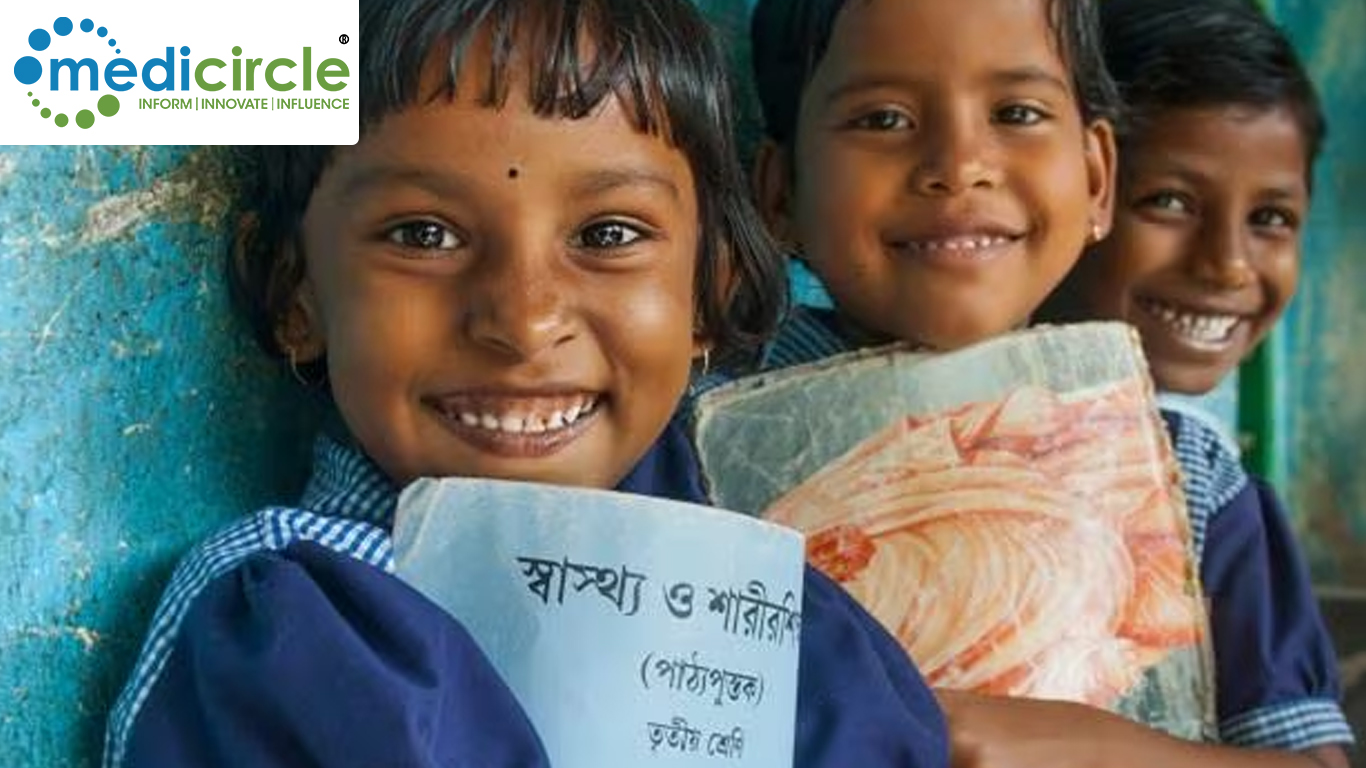
 International Girl Child Day serves as a reminder that girls are not just beneficiaries of development but drivers of change.
International Girl Child Day serves as a reminder that girls are not just beneficiaries of development but drivers of change.










.jpeg)


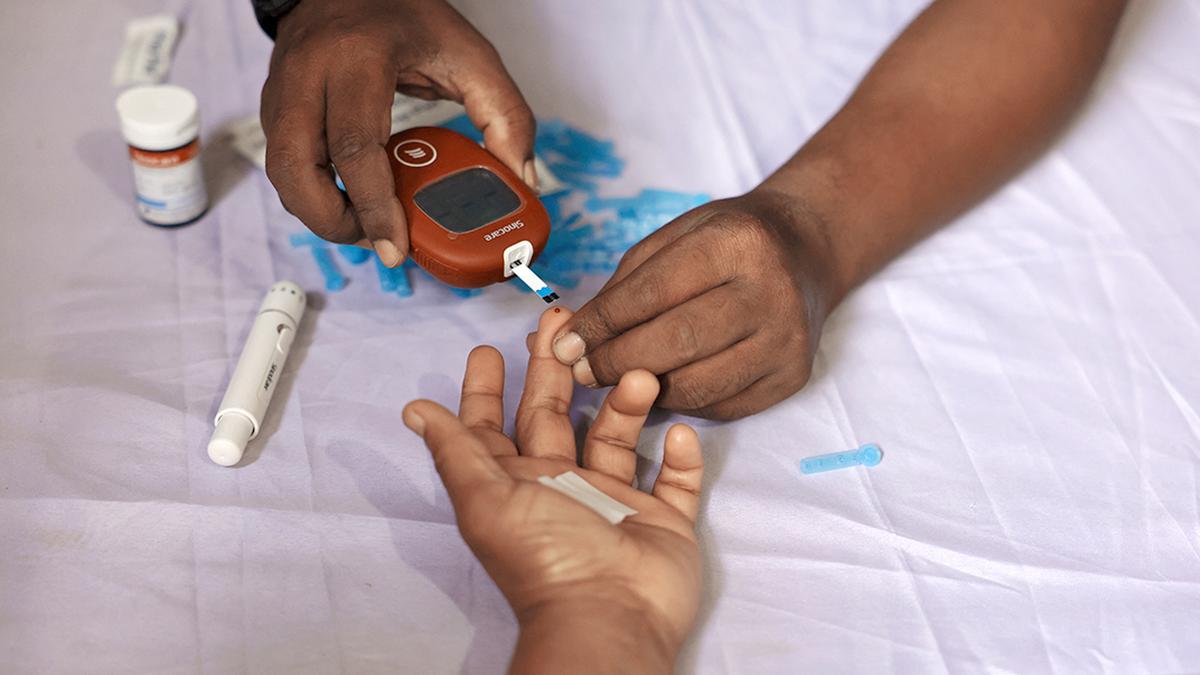
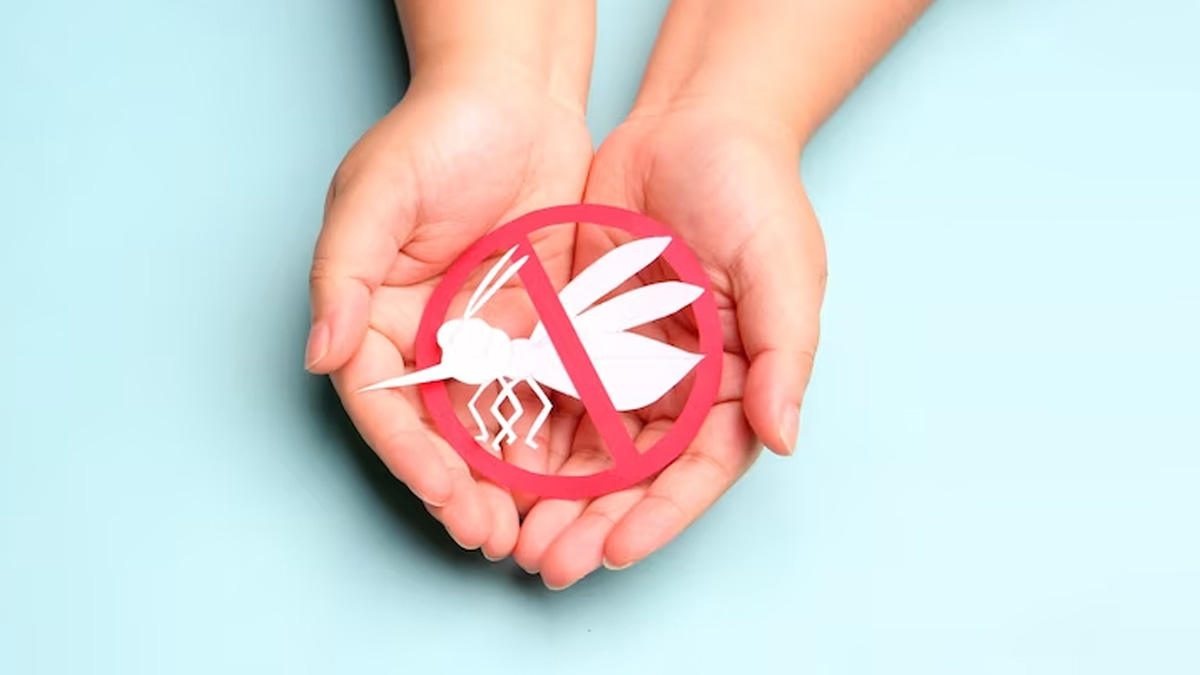
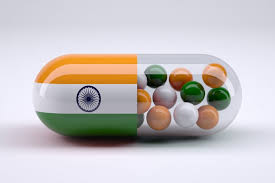


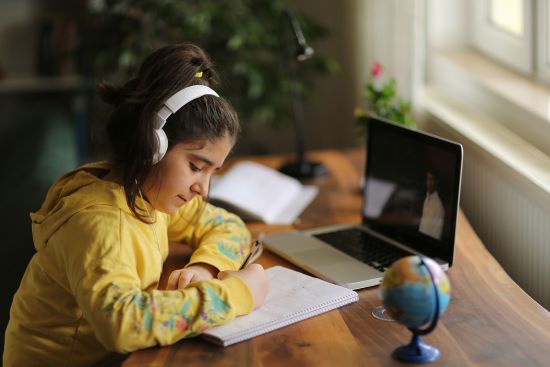

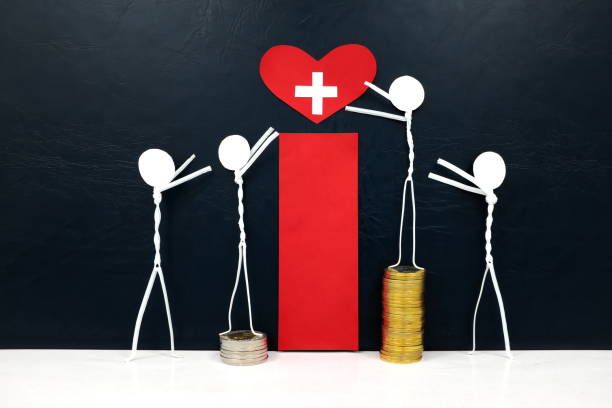
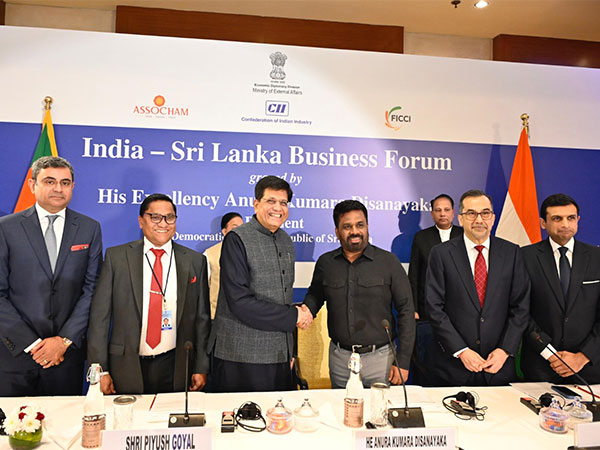
.jpg)


